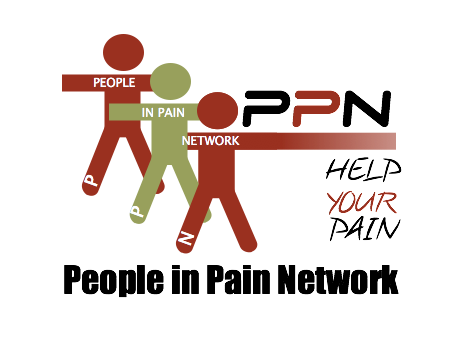
How Often Should You Get a Massage?
Few things compare to the sheer bliss of a massage, the soothing touch, the quiet escape, and the sense of renewal that lingers long after. Whether you’re looking to ease tension, relieve pain, or simply indulge in some self-care, massages offer benefits for both body and mind. But one question remains for many enthusiasts of this rejuvenating practice: how often should you schedule a massage?
Ultimately, massages are more than just a luxury, they are an act of self-care. Setting aside time for a massage is a commitment to your health, both physical and emotional. Whether you choose monthly sessions to unwind or weekly visits to manage pain, a well-tailored therapy schedule will leave you restored and ready to face life’s demands.
The answer depends on your unique needs, lifestyle, and overall wellness goals. Below, we’ll explore the factors that can help you determine the ideal massage frequency to support your well-being.
Your Goals Determine Your Schedule
The frequency of your massages largely depends on your reason for seeking them. Consider the following categories of massage goals and how they align with different schedules.
1. Relaxation and Stress Relief
If your goal is to relax and unwind, indulging in a massage helps calm your mind and reset your body.
- Recommended frequency: Once or twice a month is usually sufficient to keep stress levels in check and maintain that sense of calm.
- Why this works: Regular massages reduce built-up tension, help regulate cortisol (stress hormone) levels, and bring a delightful sense of tranquility to your routine.
2. Pain Management or Recovery
For those dealing with chronic pain (like back pain, migraines, or neck tension) or healing from an injury, massages can be essential to your recovery plan.
- Recommended frequency: Weekly sessions often provide the most benefit for targeted pain relief and healing.
- Why this works: Frequent treatments allow therapists to focus on specific problem areas consistently, building on each session to ensure lasting relief.
3. Athletic Performance and Muscle Maintenance
Active individuals or athletes may turn to massages as part of their training regimen to reduce soreness, prevent injuries, and improve flexibility.
- Recommended frequency: Every 1-2 weeks, depending on the intensity of your activities. Some athletes may even benefit from more frequent treatments during peak training.
- Why this works: Sports or deep tissue massages improve blood flow to the muscles and release tension, keeping your body at peak performance.
4. Chronic Conditions or Mobility Issues
For individuals managing long-term health conditions such as arthritis or fibromyalgia, regular massages can provide essential relief.
- Recommended frequency: Weekly or even bi-weekly sessions can make a noticeable difference in mobility, comfort, and overall well-being.
- Why this works: Ongoing therapy is key to addressing chronic conditions, and frequent massages can help maintain quality of life by easing symptoms and enhancing mobility.

Listening to Your Body
While these recommendations provide a solid starting point, your body is often the best guide. Here’s how to tune into its signals.
- Signs you might need a massage include: Muscle stiffness, lingering tension, stress levels running high, or disrupted sleep patterns.
- After a massage: Pay attention to how your body feels. If you experience long-lasting relief or enhanced mobility, you may not need another session for a while. If the effects are short-lived, more frequent visits could help.
Other Factors to Consider
When determining how often to schedule a massage, it’s important to account for these additional factors:
- Budget: Regular massages are a worthwhile investment in your health but should align with your financial comfort zone. Think about utilizing your health insurance or allocating a specific amount to wellness activities.
- Time availability: Consistency is key, so find a schedule that fits seamlessly into your routine, whether it’s a monthly appointment or biweekly treat.
- Therapist recommendations: If you’re unsure, consult with your massage therapist. Their expert insight on your body’s specific needs can guide your frequency decisions.
The Luxurious Joy of Regular Self-Care
Are you ready to prioritize your well-being? At One to One Wellness, we can help you find the ideal frequency to meet your needs. Book an appointment today and take the next step on your path to wellness.
Remember, self-care isn’t selfish. It’s essential.




